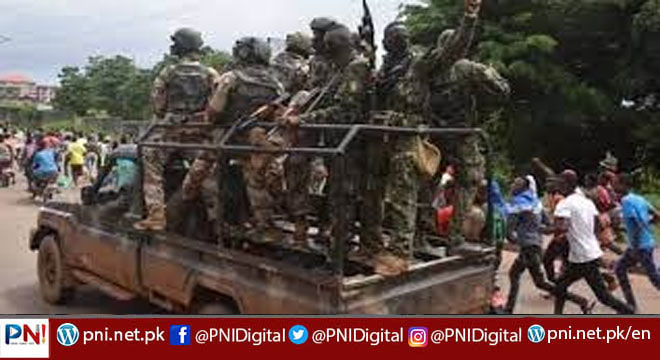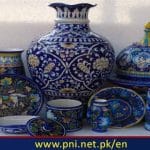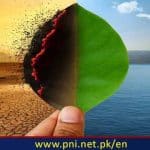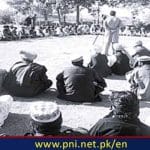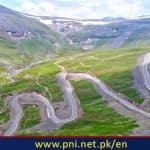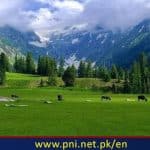Rabat, Sept 6 (AFP/APP):Morocco, which holds legislative and local elections on Wednesday, is one of the most stable countries in North Africa. But the Muslim monarchy has struggled with poverty and its people’s hunger for reform.
Here are some key facts:
– ‘Years of Lead’ –
The former French protectorate endured decades of repression under King Hassan II, who died on July 23, 1999 after 38 years in power.
The so-called “Years of Lead” (from 1960 to 1990) were marked by widespread human rights abuses including the torture, killing and detention of political opponents.
In 1991, a secret prison at Tazmamart where opponents were held was shut down after the appalling condition there were exposed. In 1992, a reform of the constitution enshrined the concept of human rights.
– Reform but continuity –
Hassan’s son Mohammed VI assumed power the day his father died in 1999.
He framed himself as a reformer and introduced constitutional changes in 2011 that curbed his near-absolute control in favour of more democratic freedoms.
He nonetheless maintains ultimate control as head of state and the military, overseeing all strategic sectors.
– Western Sahara conflict –
Morocco has long been in conflict over its rule of the vast but sparsely populated Western Sahara desert region to its south.
When Spanish colonisers pulled out in 1975, Morocco took over and the Algerian-backed Polisario Front picked up arms for independence.
The United Nations brokered a ceasefire in 1991 but a promised referendum to settle the territory’s status has yet to materialise. Morocco has proposed autonomy under its sovereignty.
The dispute is the main bone of contention between Morocco and Algeria, which broke off diplomatic relations with Rabat in August, accusing it of “hostile” acts.
Rabat has also long been at odds with Madrid over the Spanish enclaves of Ceuta and Melilla on the country’s northern tip, which it considers to be Moroccan.
In mid-May Ceuta saw the arrival of between 8,000 and 10,000 migrants in the space of 48 hours, an unprecedented migration wave unleashed by a loosening of controls by the Moroccan authorities.
– Monumental projects –
Morocco has undertaken some major construction projects in recent years, including the massive Noor Power Station, hailed as the world’s largest concentrated solar power complex.
A high-speed railway line boasting the fastest journey times in Africa and the Arab world was opened in 2018, between the economic hubs Tangiers and Casablanca.
The road network has been developed and the Tanger Med industrial port complex added two new terminals in 2019, tripling its capacity to make it the Mediterranean’s biggest facility for maritime cargo.
– Inequalities –
Social inequalities, already deeply entrenched, have deepened since the beginning of the Covid pandemic.
The economy shrank by 7.1 percent in 2020 and the rate of poverty shot up to 11.7 percent during the lockdown, the Moroccan statistics institute said in April.
Receipts from the key tourism trade fell by 65 percent by the beginning of 2021, according to the finance ministry.
In July 2020 the king announced that all Moroccans would have access to social security within the next five years as well as the creation of an 11-billion-euro fund to kick-start the economy.
– Tourist hub –
Islam is the state religion and 99 percent of Morocco’s 36 million population is Muslim.
As “Commander of the Faithful”, King Mohammed VI has pushed for a tolerant Islam that ensures freedom of worship for Jews and foreign Christians.
With both Atlantic and Mediterranean coasts, it is a major tourist destination, with Marrakesh the main hub.
Several of the country’s sites have UNESCO world heritage status, including the Medina of Essaouira, Fes and Tetuan and the historic city of Meknes.
Follow the PNI Facebook page for the latest news and updates.


